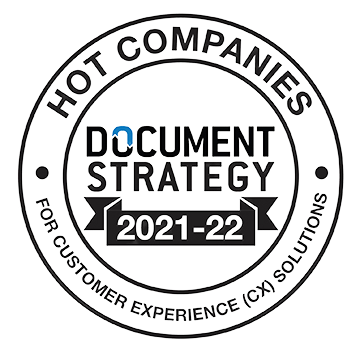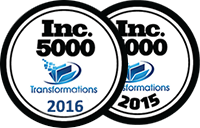Implementing Automation: How Small Steps Lead to Big Gains in Production Efficiency
While the advantages of automated workflows are well-established, there’s often resistance to changing familiar processes until external pressures make it necessary. When end users and customers begin demanding lower costs and, at the same time, faster turnarounds—often with same-day service level agreements (SLAs)—and, of course, 100% accuracy, stepping up to this next level of service means taking a closer look at every process in the production cycle to how each might be streamlined to run more intelligent and more efficiently
Analyzing every aspect of the workflow for areas of waste or inefficient processes takes the right skill set and focuses on breaking away from the everyday monotony. It requires identifying each bottleneck and systematically attacking each one with the right plan and technology. However, doing so often presents challenges. Overall staffing remains an issue even years after the conclusion of the COVID pandemic. The remote workplace has pushed automation to the forefront of priorities so that workflows do not have to wait for an employee to reengage.
We continue to be amazed at how many companies still use multiple, siloed solutions and operate nonautomated workflows, knowing that automation eliminates manual steps in the operational workflow and provides faster implementation while reducing labor and improving quality. Automation certainly offers more than eliminating manual steps. It also enhances scalability, which allows companies to grow without increasing their fixed cost structure and makes it possible to expand the responsibilities of existing staff to other needed areas.
Potential and current customers often ask us to help them maximize ongoing process efficiency, maximize postage discounts, reduce labor by combining jobs, and improve system reliability and quality assurance to ultimately reduce their cost per piece. While this might sound like an enormous undertaking in an environment where manual processing at some points in the workstream may be the only available option, you can still find ways to begin automating wherever possible.
Where to begin
A place to start is by putting a number on all your processes, including the cost of each and how they add or subtract from your bottom line. From here, you can identify value-added processes and work to improve or eliminate those non-value-added processes that only drain overall production and profitability. Operations and finance should work together to calculate the cost of every processing step, including labor costs, developing an ROI analysis on value-added products and services, and any potential changes or improvements. For example, compare the cost-benefit of hand-addressed labels or ink-jetting flats as an extra step versus using a more expensive double window envelope.
After thoroughly assessing the workflow, the next step is to introduce automation as a replacement for the manual processes that are particularly time-consuming or error prone. While implementing new equipment and software solutions at every stage of production may be cost-prohibitive (particularly for small and mid-size organizations), the initial workflow assessment makes it possible to implement automation strategically targeting only the processes with the greatest need for increased efficiency.
Benefits Gained
Implementing automation into your production processes offers numerous benefits that significantly enhance efficiency and productivity. Along with streamlining operations by reducing manual labor, minimizing errors, and accelerating production times, automation allows for consistent quality control, as machines can perform repetitive tasks with precision, reducing the likelihood of human error.
Additionally, automation can save costs by optimizing resource usage and decreasing downtime. With machines handling routine tasks, employees can focus on more complex and strategic activities, fostering innovation and improvement. Improved processes can’t help but enable faster, more efficient workflow and overall production, leading to greater competitiveness and business growth. The easiest way to begin implementing automation in your production environment is to start small and focus on areas with straightforward, repetitive tasks that are easy to standardize. Starting small and incrementally adding automation to your processes makes it possible to adapt without becoming overwhelmed.
Back to Blogs









